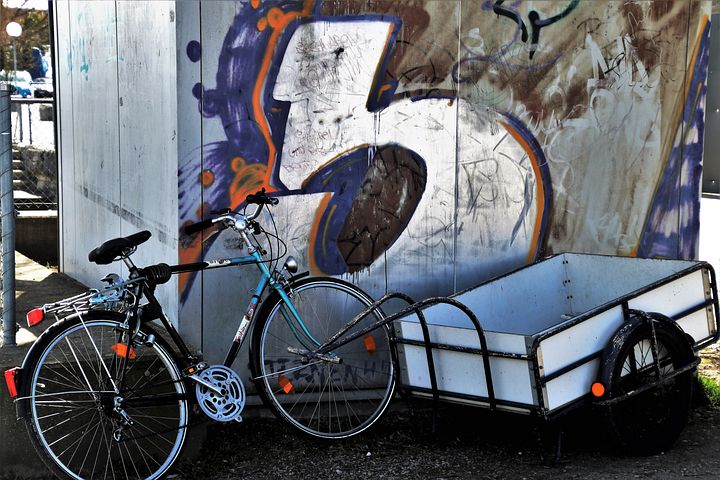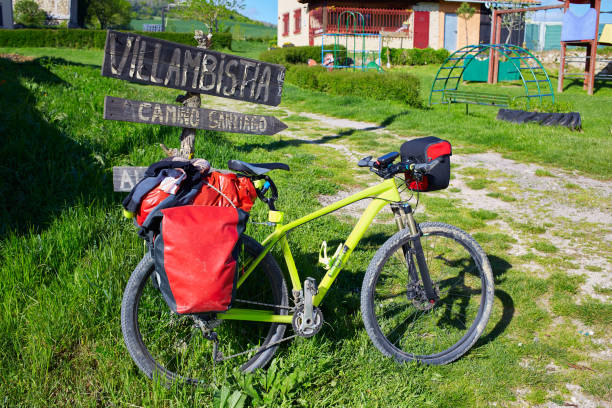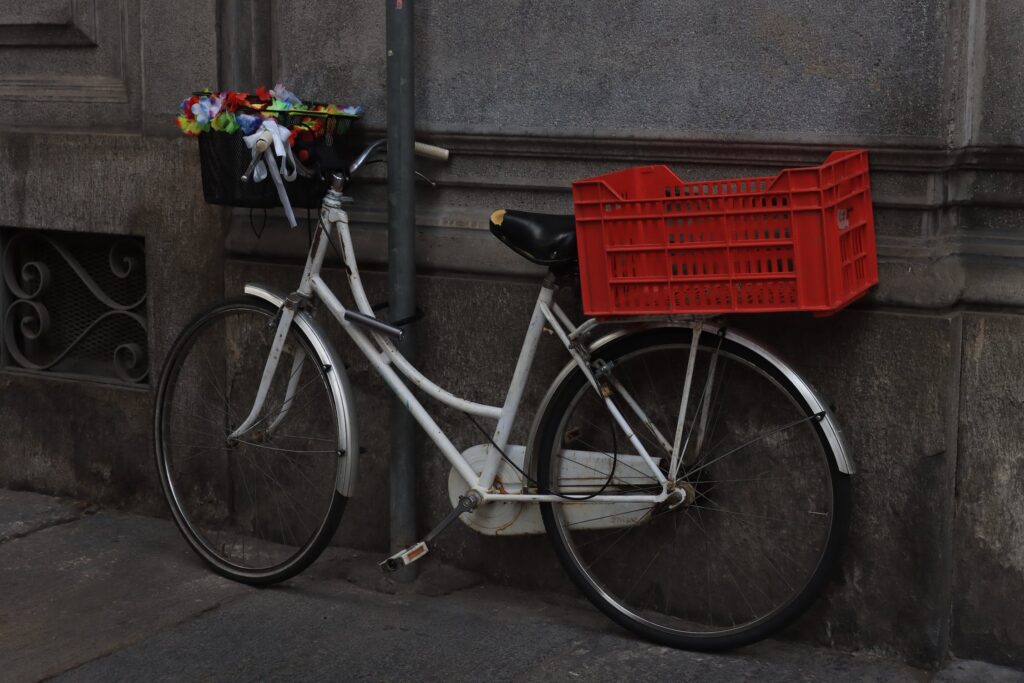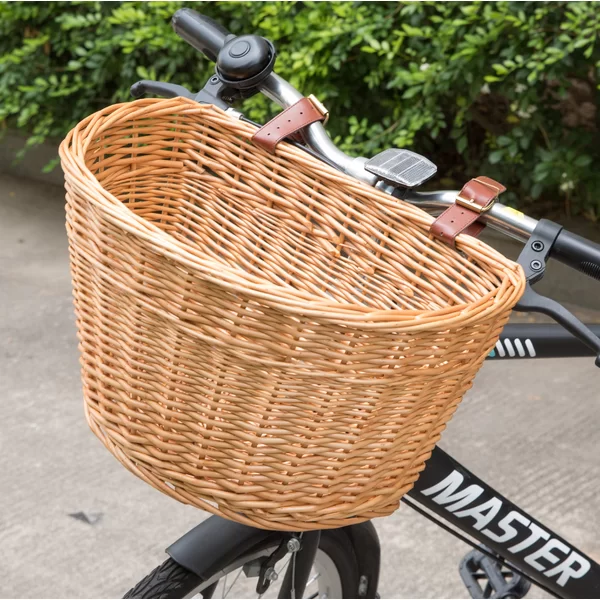Utilizing a bike as your primary mode of transportation requires a few modifications to maximize comfort and minimize time spent lugging an overweight backpack or pedaling to the house with shopping bags slung over the handlebars. There are many various ways to turn an everyday bike into a workhorse that won’t break the bank or break your back.
We’ve detailed the many options available, from more pricey trailers to do-it-yourself options. There are a million backpacks, panniers, and shoulder bags designed for cycling, and while they have many benefits we want to focus on systems that allow you to carry your bike 100% so you’re just wearing the shirt. Or shirtless if you prefer. While one setup may be perfect for one person, another may prefer a completely different method. It’s best to think about how much you carry daily, what you can afford, and your style preferences, then choose the format that’s right for you.
1. Bike trailer.

When a larger and heavier load needs to be transported, a bike trailer can be a good solution. They generally have more surface area to support a load and can have a lower center of gravity for more stability.
The big advantage of a bike trailer is that you only use it when you need it and when you don’t need it you can keep it at home.
There are single-wheel trailers, usually designed to carry loads, with a narrow profile to follow the bike on narrow trails and trails. The two-wheel bike trailers have many different configurations for transporting cargo or children.
Trailers are ideal for everyday needs and can also be a good option for businesses that want to transport their goods by bike.
2. Bike saddlebags.

There are many bike saddlebags on the market today to meet the needs of commuters, travelers, and packers who need to carry extra cargo on their bikes.
Standard handlebar and saddle bags are available to carry smaller items like tools that you should always have with you. Bags are available for larger items that fit into the mainframe triangle. Some hang off the top tube and take up space in the frame area, while others can be adjusted to use the full area of the main triangle.
Once you have equipped your bike with front and/or rear racks, you can use bags that attach to the top and sides of the racks. These bags can usually carry larger items like groceries, a change of clothes for work, a laptop, etc.
Many bags can be quickly detached to take to work or the store.
3. Extended Saddlebags.

In addition to the typical saddlebag, which only holds the essentials, there are a number of similar products that offer a much greater carrying capacity. They are often attached to both the seat post and under the saddle and protrude from the rear wheel. However, despite the abundance of space and pockets, these are relatively lightweight pieces of gear that don’t benefit from the same structural strength as a rack and case combo, so don’t overload them.
4. Bicycle boxes.

Various box variants are available for transporting bulky objects.
They can be a good option for grocery delivery people as some of them are isolated. Bike pizza delivery is becoming increasingly popular in densely populated urban areas as it can sometimes bypass traffic jams and deliver faster than a car.
Most crates attach to the rack, although some bikes have crates that attach to the center of the frame.
5. Backpacks.

A backpack is probably the most common way to carry things while driving. It seems everyone has had the experience of going to school with a backpack.
You can certainly use your average backpack to carry your gear, but there are also backpacks specifically designed for cycling and carrying loads. For example, they have space for a helmet, boots, computer/tablet, water bottles, water tank, etc.
Some bike backpacks have a curved back with a mesh layer that allows airflow and cooling of the back while riding. When the weather takes a turn, some have built-in rain covers to protect your gear in the pack. They also usually have plenty of reflective material built in, and some are colored so others can easily spot you on the road.
Another feature of the bike backpack is the ability to carry it on the bike rack when the bike is parked.
If you want to add additional style to your daily commute to work, you can choose from a wide range of backpack types including sports, work, city, and more.
6. Hip Packs.

Hip bags have been making a comeback since the 1980s and now more motorcycle-specific hip bags are available. This is a wonderful way to carry small gear in a low center of gravity where you hardly feel like you’re carrying anything. They can be quickly rotated back-to-front for easier gear access.
Some have a bottle holder for an extra hydration option when you’re on the go.
7. Baskets.

The front baskets only hold a few bikes and cyclists, but don’t throw them away – they’re easy to use and hold a surprising amount. The downside is they aren’t covered so everyone can see what you’ve got and all the weight is on the front wheel which can make control a little shaky. But they are good, and easy to drive honestly.
Conclusion:
Unless you’re a casual commuter or tourist, it’s wise to invest in a sturdy, well-made bag. It should have sturdy zippers and laces, reflective elements, and be made of weatherproof material to keep your gear dry. Sometimes the plastic mounting clips and straps break with normal use. So if you are a demanding user, choose a reputable, well-known brand that supplies small spares and is guaranteed against scratches. Finally, the perfect bag is the one that is best for you. Enjoy your ride!

